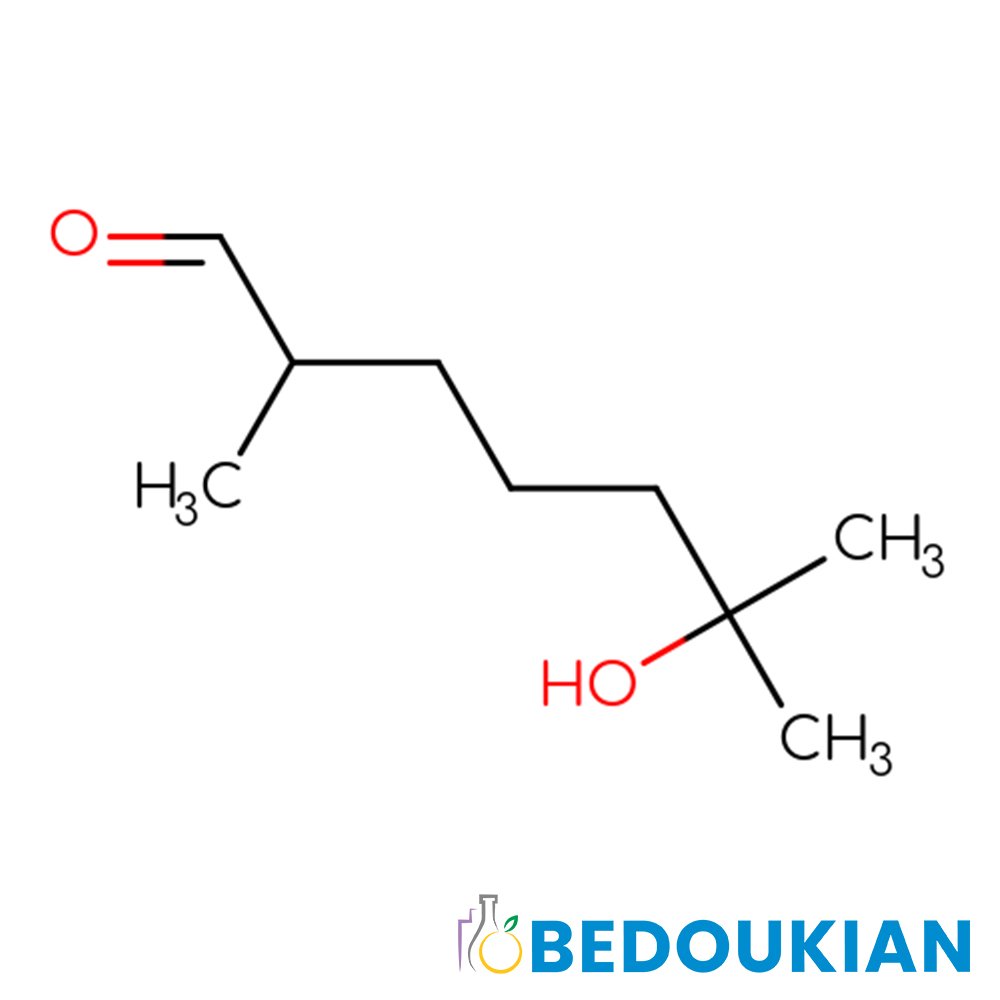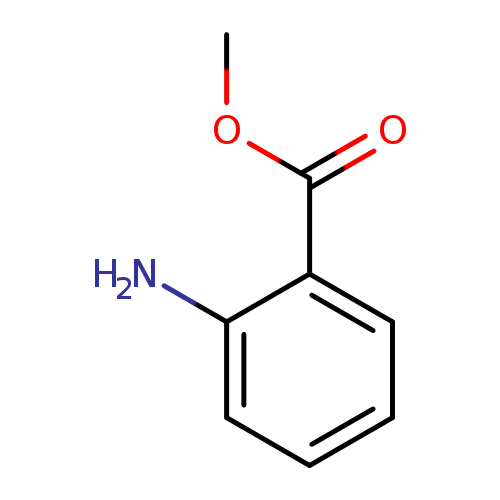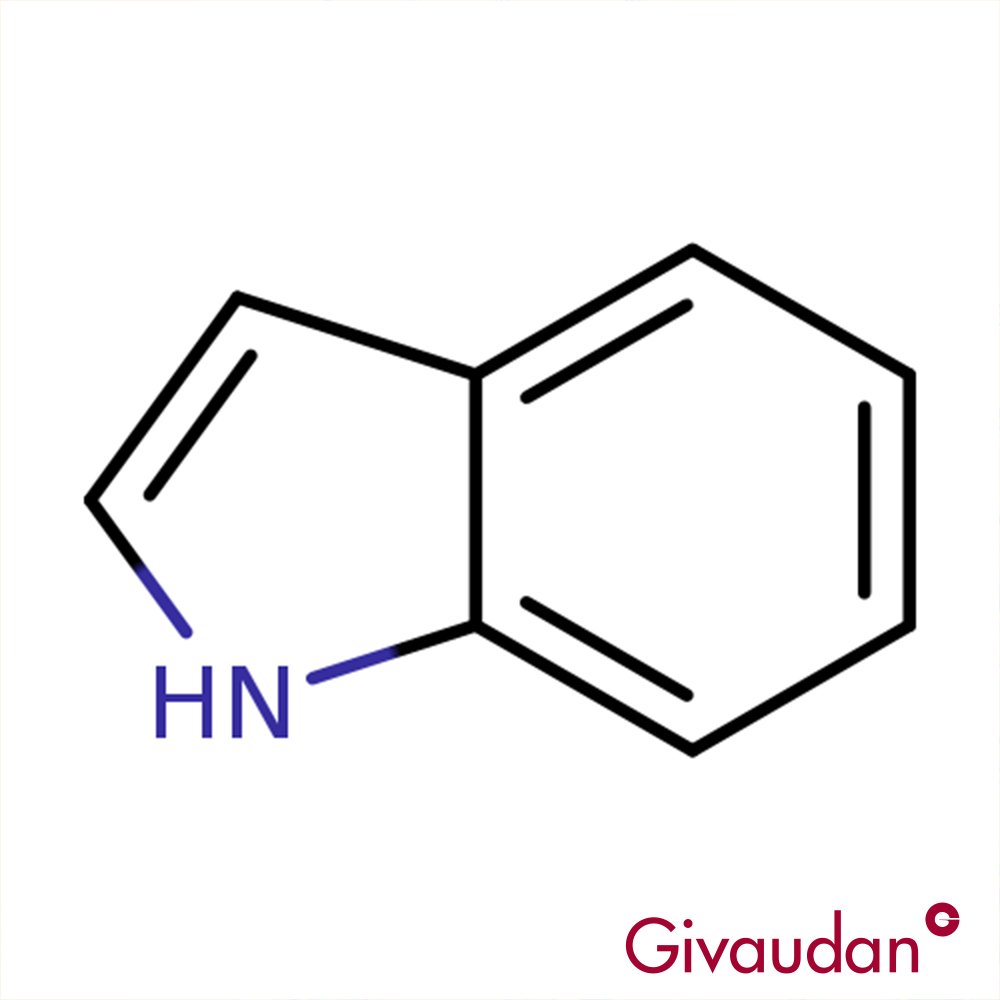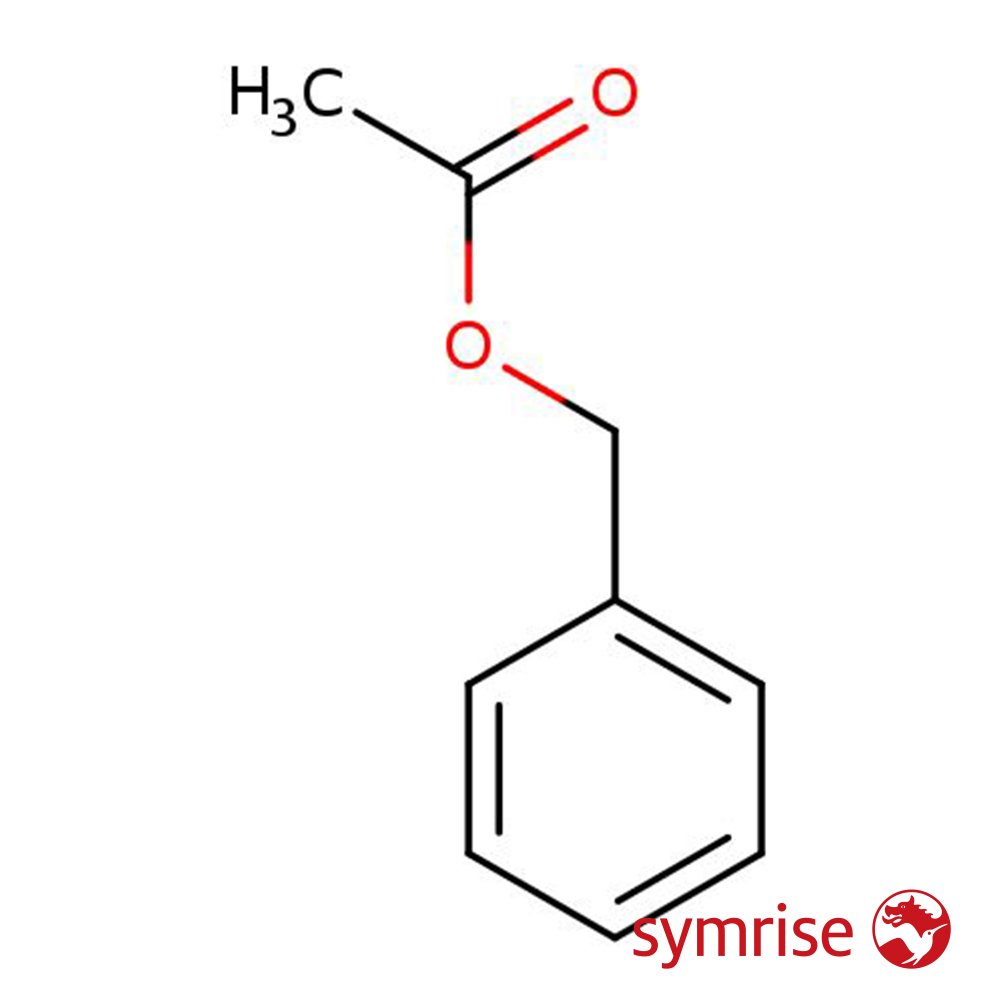Hydrofleur ® BRI
Premium Synthetic Ingredient for Perfumery
Hydrofleur is a synthetic, 100% renewable aroma molecule produced by Bedoukian Research in collaboration with P2Science. It is a pale yellow liquid with a radiant, ozonic floral character reminiscent of lily of the valley (muguet) and tuberose. Hydrofleur is used as a floral booster at very low concentrations (<1%) and enhances freshness, radiance, and complexity in floral and fruity compositions.
Premium Synthetic Ingredient for Perfumery
Hydrofleur is a synthetic, 100% renewable aroma molecule produced by Bedoukian Research in collaboration with P2Science. It is a pale yellow liquid with a radiant, ozonic floral character reminiscent of lily of the valley (muguet) and tuberose. Hydrofleur is used as a floral booster at very low concentrations (<1%) and enhances freshness, radiance, and complexity in floral and fruity compositions.
Premium Synthetic Ingredient for Perfumery
Hydrofleur is a synthetic, 100% renewable aroma molecule produced by Bedoukian Research in collaboration with P2Science. It is a pale yellow liquid with a radiant, ozonic floral character reminiscent of lily of the valley (muguet) and tuberose. Hydrofleur is used as a floral booster at very low concentrations (<1%) and enhances freshness, radiance, and complexity in floral and fruity compositions.
Synthetic Ingredient Overview
📂 CAS N°: 62439-42-3
🏭 Manufacturer: Bedoukian Research Inc.
🔎 Chemical Name: Proprietary (Hydrofleur, BRI)
⚖️ MW: 158.24 g/mol
📝 Odor Type: Floral (Muguet / Lily of the Valley)
📈 Odor Strength: Medium
👃🏼 Odor Profile: Aldehydic, ozonic, mossy-fresh opening; develops into a clean and bright muguet floralcy with fruity nuances of raspberry and melon
⚗️ Uses: Floralizer and freshener for floral-fruity accords; effective even in trace amounts (<1%); excellent in muguet and tuberose types
🧴 Appearance: Colorless to pale yellow liquid
What is Hydrofleur?
Hydrofleur is a novel synthetic ingredient designed to support high-impact olfactory performance at minimal dosage, introduced by Bedoukian Research Inc. in partnership with P2Science. It debuted at the World Perfumery Congress (WPC) 2018 in Nice, during a session on sustainable innovation in signature ingredients.
The molecule belongs to a class of proprietary aldehydic floralizers and was developed to replicate the complexity and radiance of traditional floral modifiers like Hydroxycitronellal, but with improved sustainability and performance at extremely low concentrations.
Olfactory Profile & Perfumery Applications
Hydrofleur opens with a crisp ozonic freshness touched by aldehydic and mossy aspects. Within minutes, the heart reveals a clean muguet floralcy, accompanied by white floral notes of tuberose and a subtle sweetness suggestive of melon and raspberry. It imparts a radiant and aquatic-luminous character, contributing to both projection and complexity.
Applications:
Floral and fruity fragrances
Lily of the valley, tuberose, and aquatic florals
Radiant top notes and clean white flower effects
Green aldehydic blends
Modern clean-fresh or marine perfumery
Its role is similar to traditional floralizers, but it is distinguished by extremely high impact at trace concentrations, clean character, and formulation compatibility. Hydrofleur performs well even in complex bases like Chanel No.5-type blends.
Sustainable Manufacturing & Green Chemistry Alignment
Hydrofleur is manufactured using renewable raw materials and adheres to the 12 Principles of Green Chemistry, including:
Use of renewable feedstocks
Design for degradation
Less hazardous chemical synthesis
Atom economy
Real-time pollution prevention
This aligns the material with modern Clean Beauty and Clean Fragrance standards, providing a functional aromatic material with minimal environmental impact.
Regulatory & Safety Overview
IFRA: No specific restrictions listed under current IFRA Amendments
Allergens: No known EU-listed allergens in pure form
Sustainability: 100% renewable origin
Biodegradability: Aligned with principles of degradable molecular design
Formulation Notes: Extremely powerful — typically used at <1%; compatible with most media types
Additional Information
First Presentation: WPC 2018 (Nice) by Robert Bedoukian
Collaborators: Developed with P2Science
Recommended Concentration: Trace to <1.0% in fragrance concentrate
Comparative Benchmark: Hydroxycitronellal (less green opening, more stable radiance in Hydrofleur)
Material Class: High-impact aldehydic floral
Sources
Bedoukian Research Inc. Technical Documentation
World Perfumery Congress Archives (2018)
P2Science Green Chemistry Collaboration Report
Scentspiracy Interview Notes (Fulvio Ciccolo, 2021)







